Lately... we have been in LOVE with documenting bits and pieces of life with our Polaroid camera. There is something very special about "not so instant" (and not so convenient) instant picture that comes from this relatively bulky machine (in the era of compact and digital!).
When our friend Erin de Jauregui (also a partner in crime of Erin Hearts Court) was taking a Polaroid picture a day of his daughter Avi, we were passionately following his project via their blog. The investment and commitment to complete this project that lasted over a year (and is still going) has been so incredible to witness.
I mean... what could be more analogue than Polaroid, right?
So I asked Erin few questions about his project as well as his projection of where Polaroid is going as a media. I have placed Avi's photographs taken by Erin in a chronological order... so as you scroll down this article to read the interview... you will witness Avi grow from day 1.... to day 364.
Thank you Erin for sharing your thoughts and beautiful photos you have taken of your equally beautiful daughter Avi.
(it was REALLY hard to pick which photos to share here... they are all so timeless in their own way)
Enjoy:)
------------
1. Can you tell us little bit about your Polaroid project with your daughter Avi?
When my wife –Courtney– was pregnant, I started thinking of some sort of fine art project that I could do with our daughter once she arrived. Being a photographer, I knew that I wanted to do something photographic, but I also wanted to do something that created a bigger picture of my daughter's life.
Once I decided to document her with Polaroid cameras, I initially thought that I would only go to the first 100 days of her life. I had just heard a story on the radio about Asian cultures celebrating the 100th day of life for children. It sort of seemed like a good number and figured I could call it 100 Days of Avi (taking inspiration of the movie title 500 Days of Summer). However, being that I never really bothered to keep track of the 100th day, it came and went. Avi was growing so fast, I then realized that the project needed to at least cover one full year.
Yes, there were a number of cameras and mediums at my disposal, but I decided to go with Polaroid for a few of reasons. The first reason was challenge myself with the new films available from The Impossible Project. Their early films where quite finicky to use, but I knew that if I wanted the product to stay and eventually improve, I would need to be an early adopter and get to know the films. Otherwise, The Impossible Project wouldn't be able to succeed and film for Polaroid cameras would go away forever.
Second was the chance to shoot with the beautifully designed folding SX-70 camera. I never owned one when Polaroid films were available, but always admired the industrial design of the camera. They are amazing pieces of design in their own right.
Finally, I wanted something tangible. I felt that doing a project on any of my digital cameras would be too easy. Same could arguably be said for a modern film camera as well. The SX-70 and the slower films that they use, I knew that I would be putting myself in a disadvantage. The question for myself was how would I work around those challenges. Plus, the end result would be a one of a kind print. While I scanned the images later, having the prints to look through and hold in your hands is something special.
3. What were some of the challenges you encountered?
The first challenge was the Impossible Project films. Since they had to reformulate the films from scratch, there were definitely growing pains. Each generation of film had its own learning curve and required different techniques in order to achieve one's desired results. Even when I was able to get some original Polaroid film, they have been expired for at least four years causing them to lose color and contrast. In an odd sense, you can look at my project and see how the films themselves have grown up right along my daughter.
The second challenge were the cameras. The original Polaroid SX-70 cameras were produced between 1972 and 1981 and the auto focus Sonar models ended production sometime in the 80's. Working with old used cameras that probably haven't seen any film in 10 plus years is always going to cause some headaches. I ended up shooting with five different camera with each having their own quirks. One I eventually retired as a display piece. One I had modified so that I could use it with strobes (off camera flash). Another was serviced, but came back with a whole new set of quirks (for the better). Finally, two autofocus Sonar versions were added to the mix (that I still want to send in as well).
Lastly, being a busy person, there were times that I would want to take a Polaroid of Avi at the end of the day. Wanting to stop her routine to take a picture wasn't a popular idea at times (with her or my wife). As she grew older and more mobile, using a slow manual focus camera had its frustrations as well. I also needed to understand that there were going to be images that are better than others.
But, it was the complete body of work that was more important than just one single image. That was a hard thing for me as there were times that I would take three or four Polaroids a day if there was an image that I really wanted, but wasn't quite getting the results. When you are paying 4 bucks a shot, sometimes you have to accept that you may not always get what you envisioned. There was a process that I needed to go through in order to create this body of work and that is also part of the reason why I choose to use these cameras.
4. In 30 seconds..., can you think of 3 adjectives which you would use to describe photos taken with Polaroid cameras?
Journey
Growth
Tangible.
5. What do you think "Polaroid" as a medium is going to become in the future?
Well, the company that now uses the Polaroid name had very little resemblance of what it used to be. While they bought an instant digital printer system that produces instant prints from a digital camera, they have little to do with instant analogue film.
They promote it and The Impossible Project films due to their current popularity, but they don't manufacture any related instant film products. It is sad to see them licensing the Polaroid name onto cheap tablets and DVD players.
For now, there is enough interest with older Polaroid cameras and the films by The Impossible Project to keep the instant film medium alive. From what I understand, the Instax cameras and films by Fuji are still popular in Japan, and there is enough world wide sales to keep it going for now. But with all films, the market is shrinking and there is always a question if a globally traded company is willing to endure falling profit margins for a small market base.
Just look at how Polaroid themselves pulled out of the film business and the recent fall of Kodak (and other analog photography companies before that). As of now, the medium is really dependent on the popularity and improving quality of The Impossible Project films.
6. Any good source of information or photography tips to share with fellow Polaroid fans and users?
For the SX-70 camera, the best and most informative website is George's Polaroid SX-70 page: http://www.chemie.unibas.ch/~holder/SX70.html. It hasn't been updated in a few years, but then again, the camera's haven't changed either. Wikipedia has a good amount of info when you search Polaroid and SX-70. Also, there is a great article written a few years ago about Polaroid, the SX-70 camera, and Edwin Land: http://technologizer. com/2011/06/08/polaroid/.
For The Impossible Project films, their own blog is the best place to go for tricks with their new films. That being said, I will say that the best accessory I have bought for my cameras that helps achieve great results is the Frog Tongue available on The Impossible Project's site: https://shop.the-impossible-project.com/shop/ accessories/imp_film/ac_px70_ frogtongue
7. What is your plan for all the Polaroid photos of Avi you have taken for the project?
Honestly, not 100% sure. I would love to have a frame made with a selection of images. As I shot this project, I scanned the Polaroids and made 3x3 grids of images for each week. I have thought of printing each grid on 16x20 paper. Although I am no longer shooting a Polaroid a day, I have shot about 100 frames since Avi's first birthday. By the time she is two, I could easily see myself getting close to 1000 shot Polaroids (this includes other random details and landscapes). That is a lot of images to sort through and display.*** all photos courtesy of Erin de Jauregui.





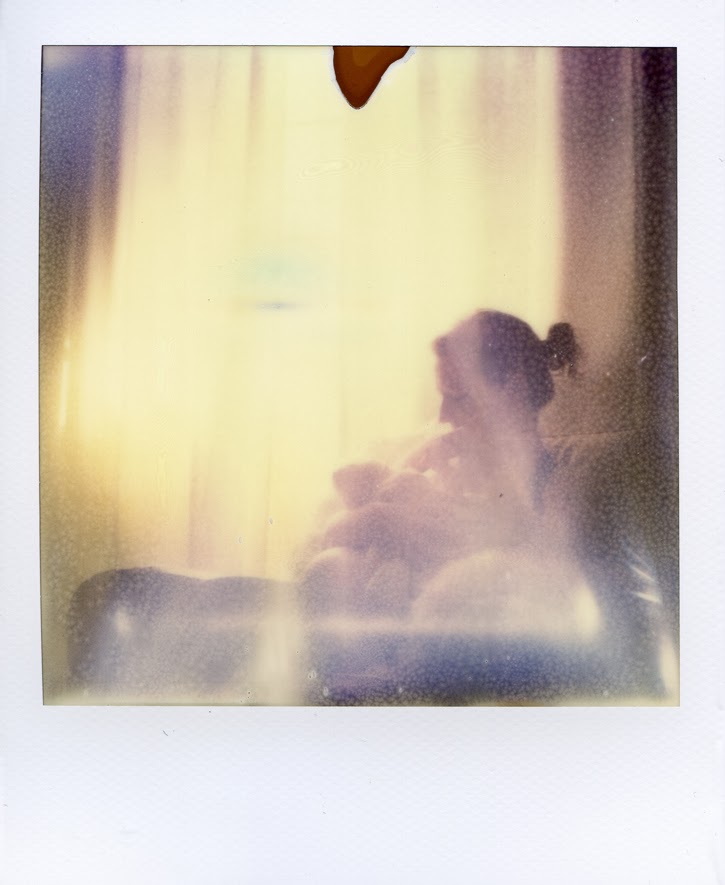
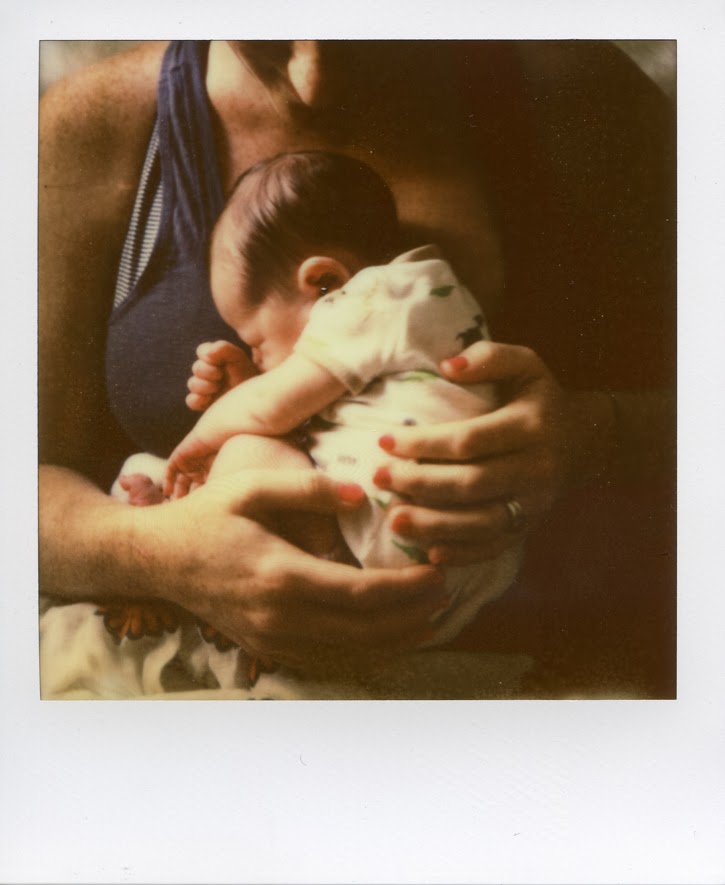


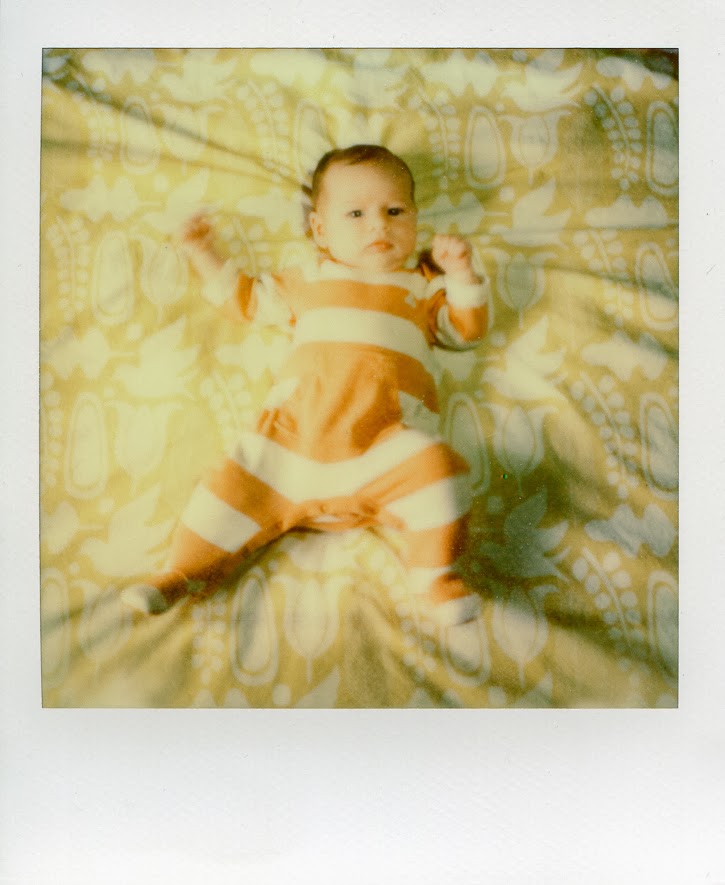



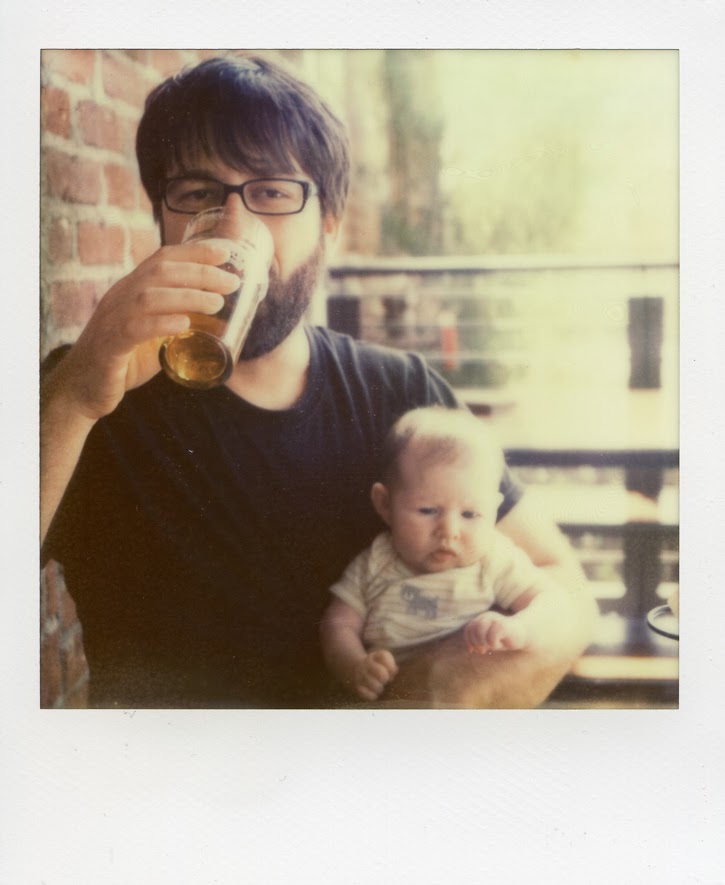

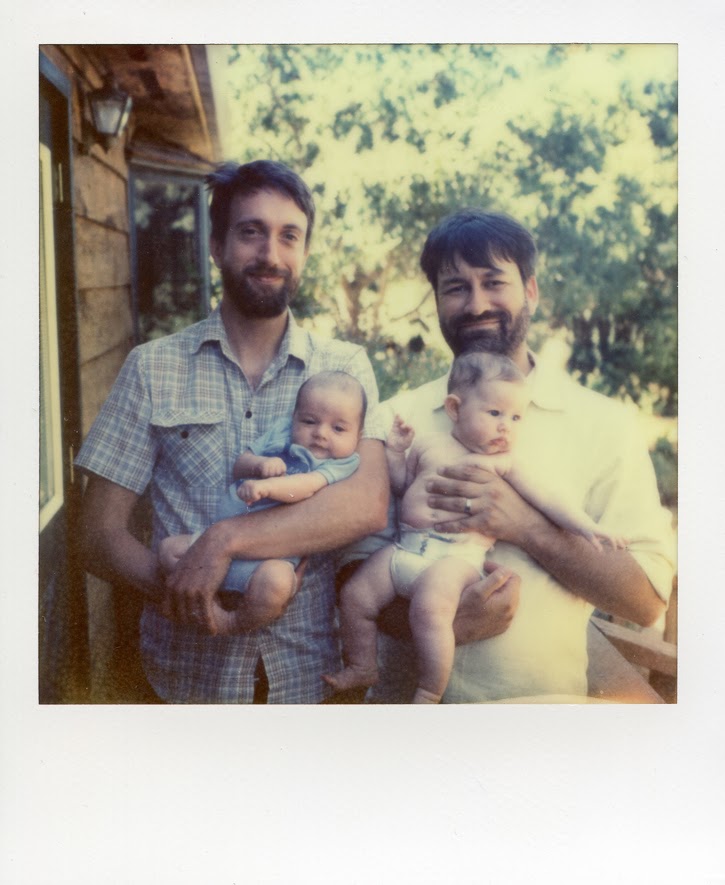
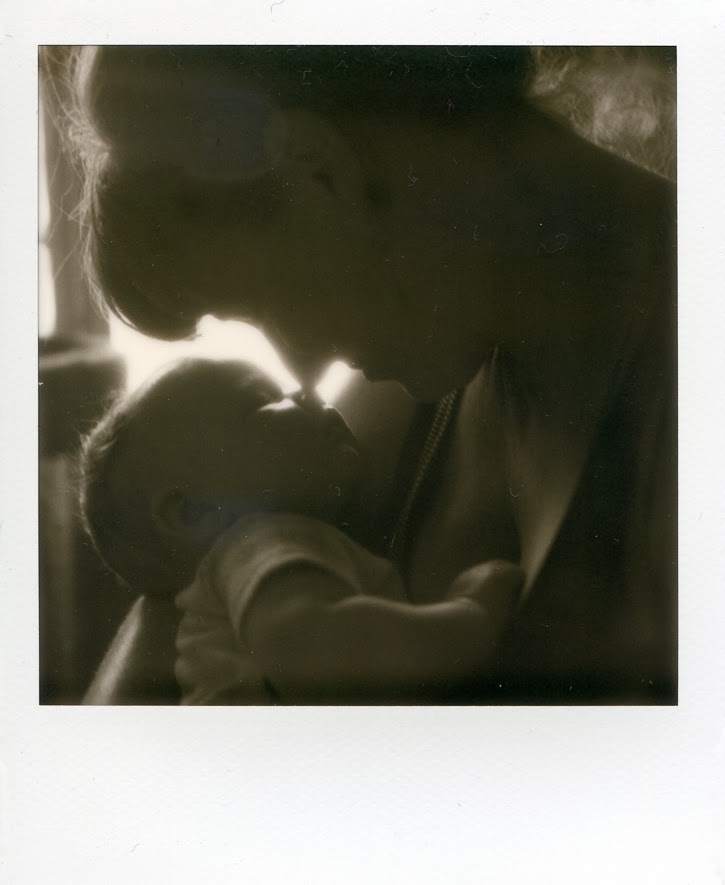
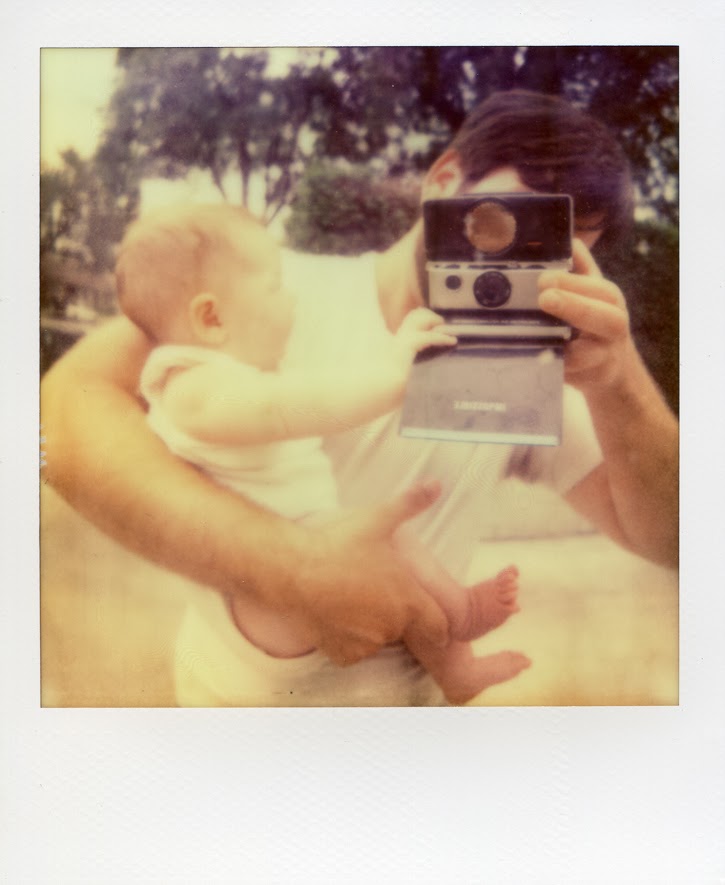






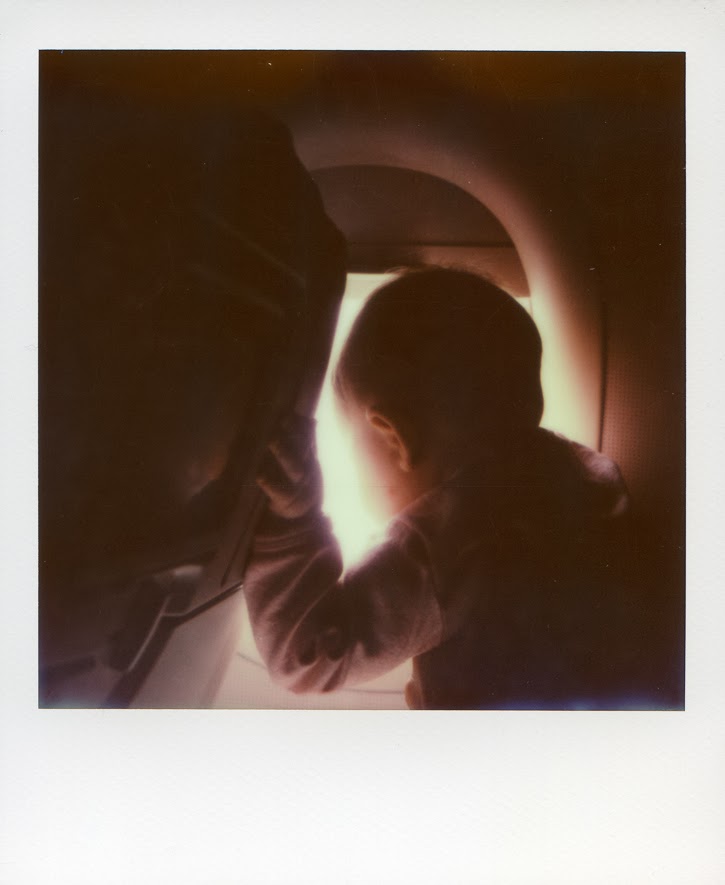





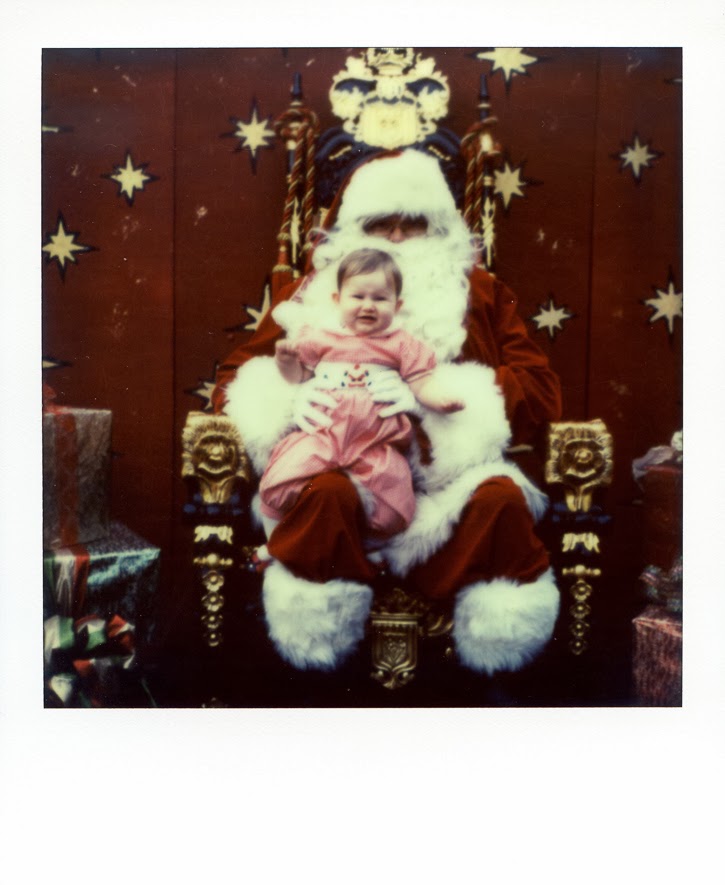

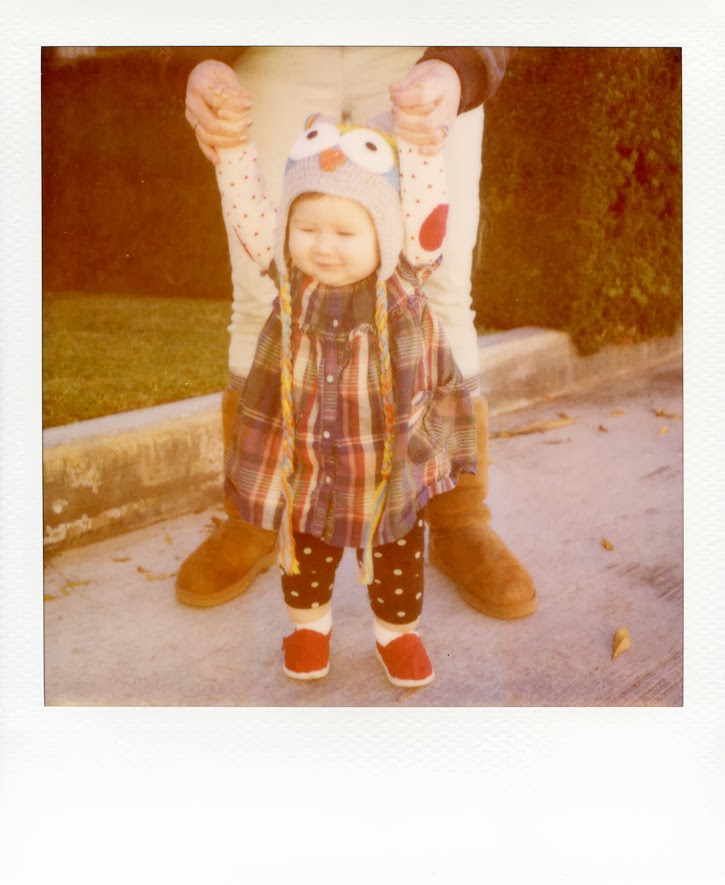

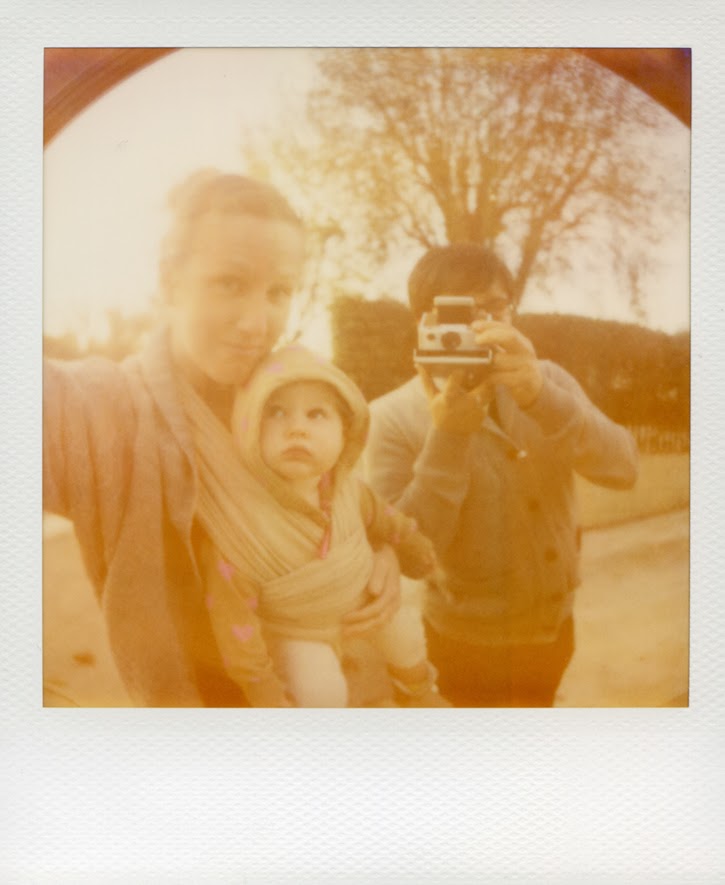



0 comments